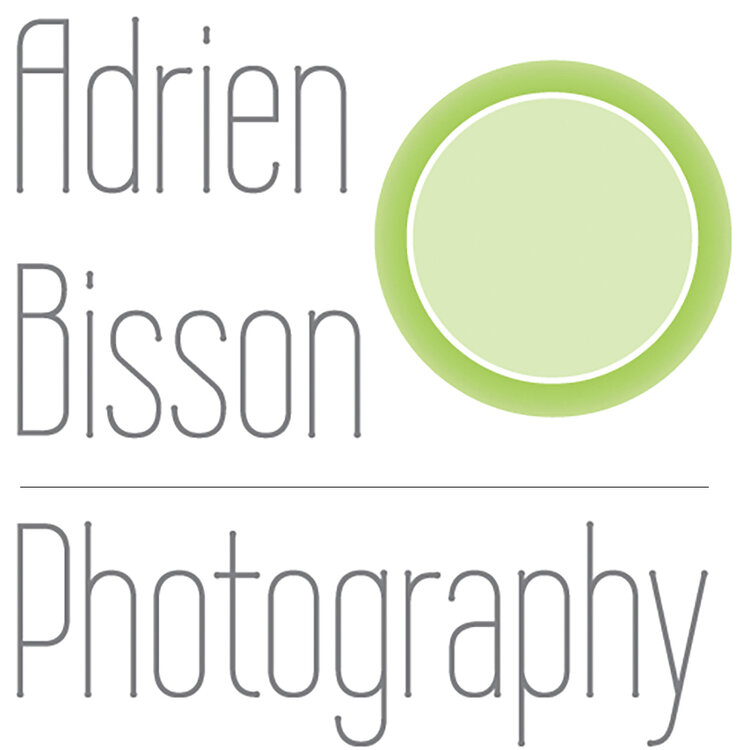One of These Things is Not Like The Other...one of these things is not the same (Apologies to Sesame Street!) This bit was always a favorite at my house when my son was little. But I was thinking this morning about photography (there's a shock), and how applicable this verse is. When we get started creating photographs the normal path to learning the art is to focus on technique and to imitate and emulate the masters. When I was a teenager my parents bought that great Time-Life book series on photography for me. I remember waiting anxiously for each edition to arrive and would get inspired by every page. The contemporary photographers at that time had a huge influence on me. My mind is still firmly rooted in the look of images created by Arnold Newman, Pete Turner, Irving Penn and Richard Avedon. But there's a time when you need to be yourself. Imitation, emulation and outright copying are fine for a while, but whatever your art may be it has, at some point, to stand out from the crowd; to be unlike the others.
I read a blog recently in which the writer interviewed Set Godin about his latest book (http://www.digitalweddingforum.com/blog/our-interview-with-marketing-guru-and-author-seth-godin). This quote sort of jumped up and demanded notice:
Seth: When everyone has a camera, and everyone thinks they are a photographic artist, it’s clear that access to the device is not a scarce resource. If that’s all you’ve got, I’m not going to pay you. The art isn’t in the taking of the picture. The art is in what you do the other 21 hours in a day.
If you don’t like that, you should become an amateur and do what you love, but don’t expect to get paid for it!
Independent portrait photographers who are consistently creating images that could be mistaken for those from a retail studio should take notice. Of course there are always clients who want a basic, "school picture day" portrait, but even there, it's really important to raise that bar. If some potential client is comparing a handful of photographers and, absent any referrals to or prior knowledge about them, they all present the same style and quality, and one is the Mall retail portrait store, then the only thing these photographers have to differentiate themselves is price and possibly location. Google the portrait store at your local Mall and you will come to a very quick conclusion as to which one wins on price. In fact, lowering your price will not even help, unless you make it $0. If this sounds familiar you are selling a commodity. Wikipedia, (which knows all :-), defines commodity as "some good for which there is demand, but which is supplied without qualitative differentiation across a market. It is fungible, i.e. the same no matter who produces it." Sound familiar?
Seth Godin goes on to say:
Seth: Stop looking for more business! The most important thing is to reinvent what it is you sell and to overwhelm your current clients with the experience they encounter when they engage you. This is what word of mouth will come from. Not from better photos, not from a better brochure, not from a cheaper price.
I am not sure that I agree with him concerning "better photos", both because I think that is ultimately where you differentiate yourself, but also because I feel he is contradicting his earlier statement. But if he means better photos, technically, I would agree, at least to a degree. In some future blog I will go on a rant about photo gear and its relationship to great photos (or lack of a relationship...), but I would interpret "better photos" to mean all aspects of your portfolio, including your vision, body of work, consistency and style, and in that case I feel that it matters a lot. But bringing that experience with which you will overwhelm a client, along with your vision and uniqueness is really what will make potential clients want to hire you. If you are the same as everyone else, nothing will do that; not even price.
